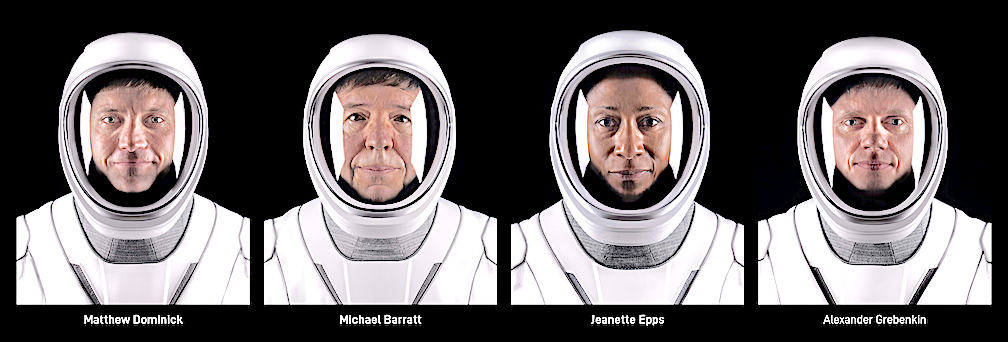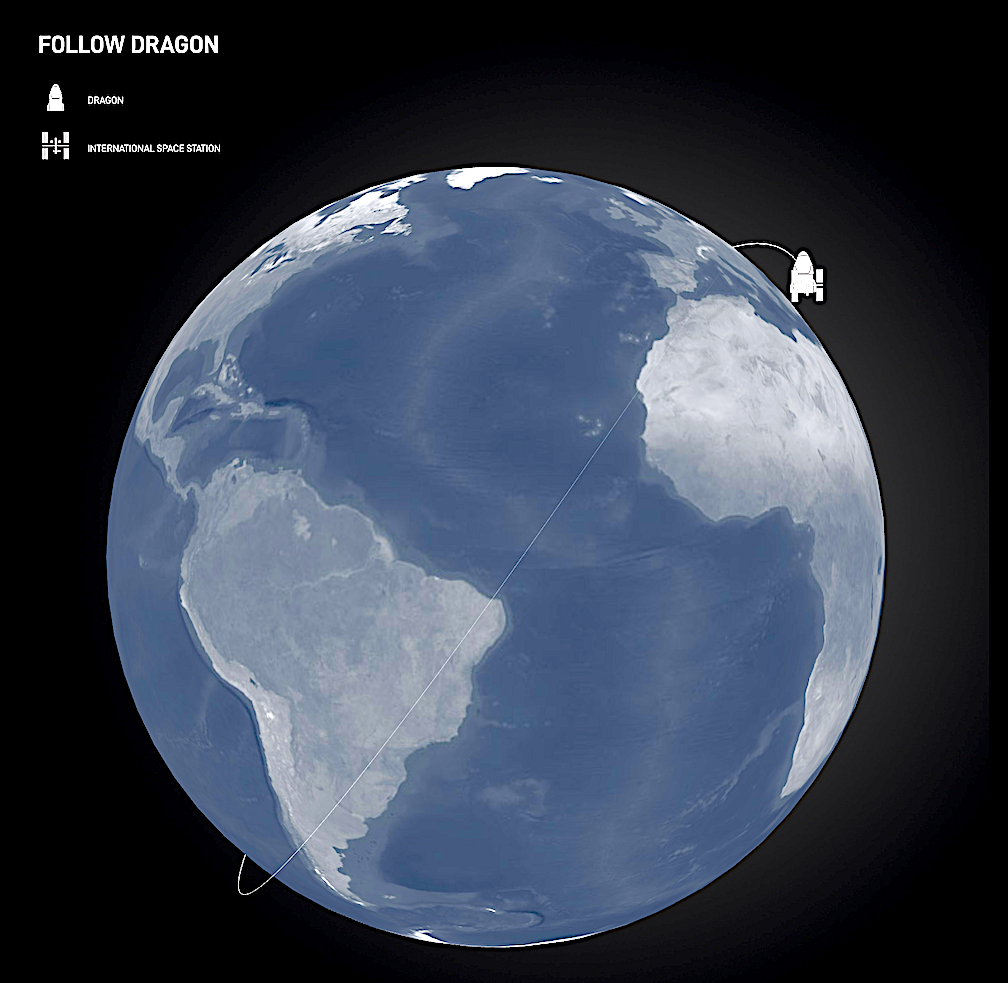
Dragon and Crew-8 autonomously undocked from the International Space Station at 5:05 p.m. ET on Wednesday, October 23. After performing a series of departure burns to move away from the space station, Dragon will now conduct multiple orbit-lowering maneuvers, jettison the trunk, and re-enter Earth’s atmosphere for splashdown off the coast of Florida in approximately 34 hours at 3:29 a.m. ET on Friday, October 25.
The event today with NASA astronauts Matthew Dominick, Michael Barratt and Jeanette Epps and Russian cosmonaut Alexander Grebenkin was after weeks of delays due to inclement weather concluding eight months of life on the International Space Station an almost eight-month stint in orbit.

The delays were the result of Hurricane Milton, which made landfall in Florida as a Category 3 storm. After the hurricane passed the return trip to Earth was postponed several more times because of unfavorable weather at the splashdown sites, according to NASA.
The weather and violent waves aren’t just a hazard for the capsule when it splashes down in the water, but can also be dangerous for the rescue teams who retrieve the astronauts and their spacecraft. Both SpaceX and NASA have several locations selected for the splashdown zones, but they are all in the coastal waters of Florida.
Even before the recent weather issues, Dominick, Barratt, Epps and Grebenkin had stayed in space longer than originally planned.
After the hurricane passed, the journey back to Earth was postponed several more times because of unfavorable weather at the splashdown sites, according to NASA. Stormy conditions and choppy seas not only pose problems for the capsule when it splashes down in the water, but can also be dangerous for the rescue teams who retrieve the astronauts and their spacecraft.
Their mission that began at the International Space Station on March 5 was initially scheduled to return to Earth in September. But their stint in orbit was extended so that their Dragon spacecraft could provide transportation when it’s scheduled for the two stranded astronauts who flew to space aboard Boeing’s Starliner capsule.

NASA astronauts Matt Dominick, Mike Barratt, and Jeanette Epps, along with Roscosmos cosmonaut Alexander Grebenkin closed the hatch at 5:05 p.m. EDT Wednesday, October 23, between the SpaceX Dragon spacecraft and the International Space Station.
As part of NASA’s Commercial Crew Program, the Crew-8 mission will return important and time-sensitive research to Earth. The crew launched March 3 on the Dragon spacecraft aboard a SpaceX Falcon 9 rocket from NASA’s Kennedy Space Center in Florida and will have completed a seven-month science expedition aboard the orbiting laboratory.
